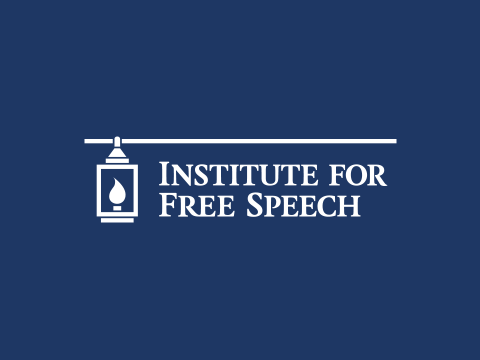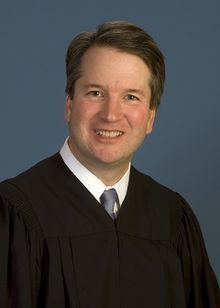The Coalition for Accountability in Political Spending (CAPS) recently proposed “Model Regulations” which, if adopted, would seriously burden the ability of charities and other nonprofit organizations to engage in their important work. CCP analyzed these Model Regulations, and identified four serious problems, which should concern anyone who values constitutional government and fundamental First Amendment freedoms.
First, the Model Regulations confuse speech about issues (which is robustly protected by the First Amendment) with speech about political candidates, which can be subject to greater regulation. It has been settled law since the Supreme Court’s 1976 Buckley v. Valeo decision that issue speech does not present the same risk of corruption that political speech does, and thus cannot be regulated as such. But the Model Regulations attempt an end-run around this time-honored distinction, defining issue speech as “election targeted issue advocacy,” and limiting that speech as if it were direct advocacy of candidates. This is exactly what Buckley prohibits, and this approach would endanger much of the work of charitable and other nonprofit organizations.
Second, the extent to which an organization may be regulated depends upon its organizational purpose. Groups with the major purpose of influencing elections may be regulated more heavily than broader-purposed organizations. This distinction—also found in Buckley—mirrors that case’s issue speech/candidate speech distinction. But the Model Regulations lack this major purpose test, and instead rely upon a simplistic and arbitrary monetary trigger. Without a major purpose test, the Model Regulations subject civil rights groups, trusts, and charities to donor disclosure for merely mentioning a candidate—a result that will likely cause these organizations to self-silence, abdicating their important societal role for fear of triggering extensive reporting and disclosure requirements.
Third, the Model Regulations ignore the serious burdens reporting and disclosure imposes upon nonprofit organizations, many of which have limited resources to begin with. Under the Model Regulations, a nonprofit must establish and communicate through a separate segregated fund (which many organizations lack the resources to do), or disclose the name, address, and employer of each of its donors (which endangers donor privacy and makes fundraising more difficult). In addition, the Model Regulations mandate detailed record keeping—including the names, addresses, and employers of donors—an anomaly in the charitable context. Indeed, charities often receive anonymous donations, a result that is generally praised despite the fact that a charity might incidentally mention a candidate.
Finally, the Model Regulations suffer from shoddy drafting. Imprecise definitions within the Regulations trigger reporting and disclosure based not upon the content of speech, but because that speech takes place near an election. “Election” is defined as “any general, special, or primary election for federal, state or local office, or at which any proposition, referendum or other question is submitted to the voters in any state or any locality in the United States.” This definition is so broad as to render the Rules—and their attendant reporting and disclosure—continuously applicable, due to the frequent nature of elections in this country. Even if the definition of “election” is narrowed, charitable organizations will still be subject to regulation and disclosure during 37% of the year—precisely the time period around an election when people are most attuned to perennial issues like poverty, environmental health, or labor relations.
The Model Regulations wander into a complex area of constitutional law, and consequently find themselves mired in legal and practical problems. This should give legislators pause in considering whether these proposed rules should be a “model” for anyone.
For the full text of CCP’s analysis of the Model Regulations, click here.
https://www.ifs.org/wp-content/uploads/2013/12/CAPS-Model-Regulations.pdf













